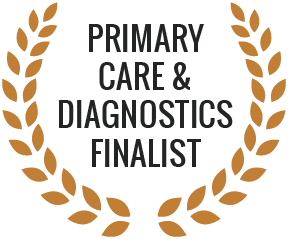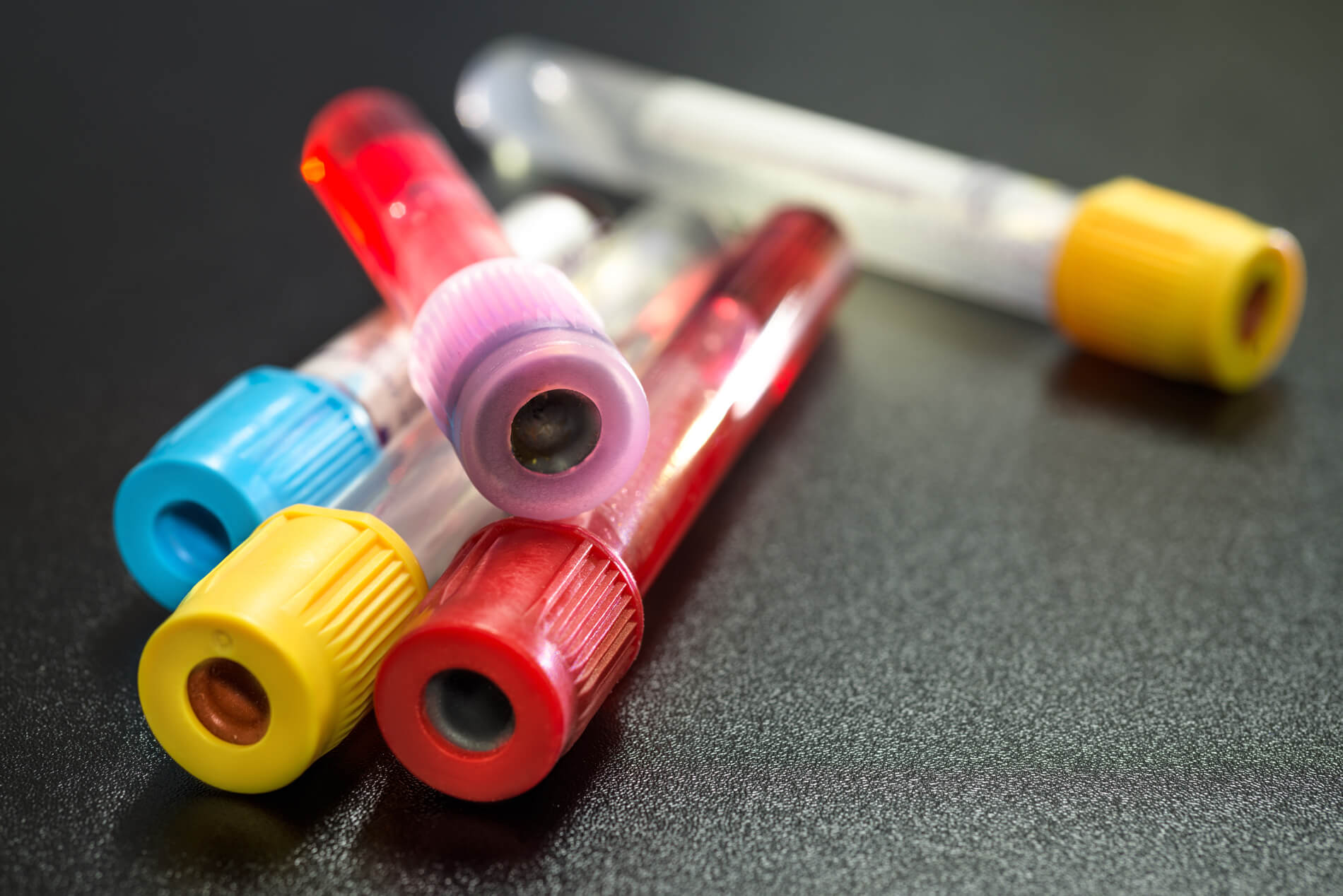Everything you need to know about chlamydia
Q: What is chlamydia?
A: Chlamydia is a common sexually transmitted infection (STI) caused by the bacterium Chlamydia trachomatis. It is primarily transmitted through sexual contact, both vaginal and anal, as well as through oral sex.
Q: What are the symptoms?
A: Chlamydia often presents no symptoms, which is why it is sometimes referred to as a “silent” infection. However, when symptoms do occur, they can include abnormal discharge from the genitals, pain or burning during urination, lower abdominal pain, and in females, pain during sexual intercourse. It’s important to note that the absence of symptoms does not mean the infection is not present, so regular testing is crucial.
Q: How is chlamydia diagnosed?
A: To diagnose chlamydia, healthcare providers typically perform a simple test. It may involve either a urine sample or a swab from the affected area, depending on the individual’s gender and circumstances, and whether they are symptomatic. These samples are then sent to a laboratory for analysis, and results usually come back within a few hours to a few days, depending on the method of testing.
Q: Can chlamydia be treated?
A: Absolutely! Chlamydia can be effectively treated and cured with appropriate antibiotics prescribed by a doctor. It’s important to complete the full course of medication as directed, even if the symptoms disappear, to ensure complete eradication of the infection. It’s then important to test again to ensure the treatment has cleared the infection.
Q: What happens if left untreated?
A: If left untreated, chlamydia can lead to serious health complications. In females, it can cause pelvic inflammatory disease (PID), which can result in chronic pelvic pain, infertility, and an increased risk of ectopic pregnancy. In males, it can lead to epididymitis, which is inflammation of the tube that stores sperm, potentially causing infertility.
Q: How can chlamydia be prevented?
A: The best way to prevent it is through practicing safe sex. This includes consistent and correct use of condoms, regular testing for STIs, and open communication with sexual partners about sexual health. It’s also important to note that chlamydia can be present even without visible symptoms, so getting tested regularly, especially if you have multiple sexual partners, is crucial.






